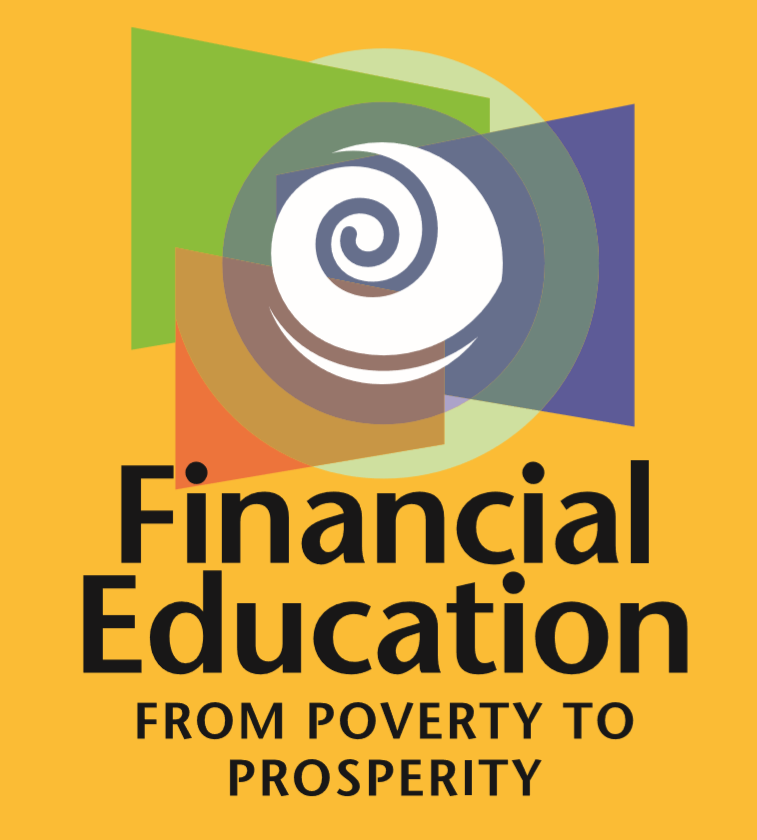RaboBank visit VietED MFI
On November 30, 2018, the representative of Rabobank – Mr. Mark Koppejan visited, surveyed and interviewed clients at the VietED branch in Ba Vi district, Hanoi. Mr. Koppejan discussed with the farmers who borrow loans from VietED to have a better understanding about agircultural production of the farmer households, their difficulties and needs to access …









